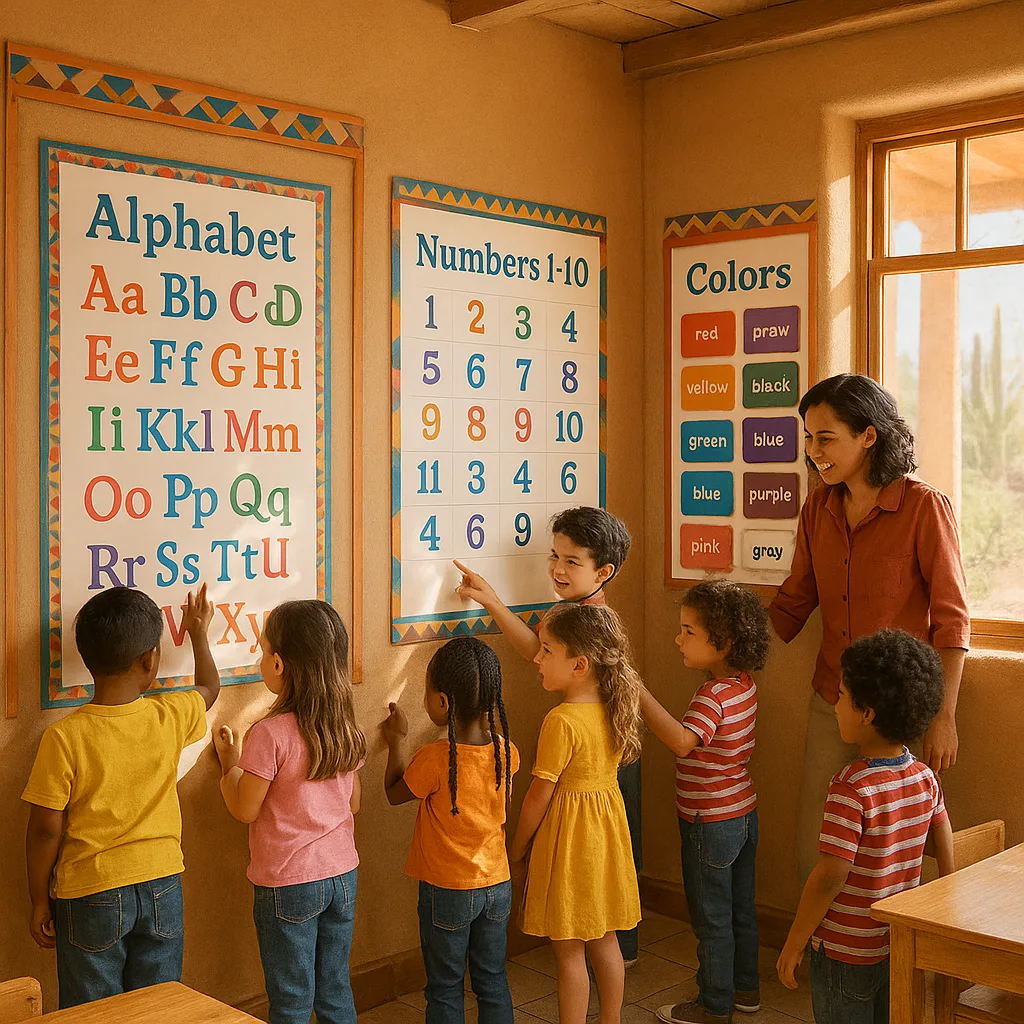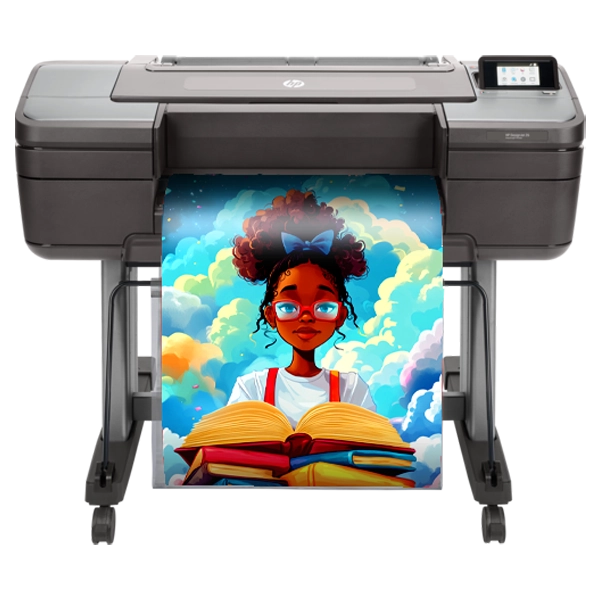Poster Maker for Schools Screen-Free Learning
The Digital Dilemma in Our Desert Classrooms
As a first-year teacher here in Arizona, I’ve noticed something that probably resonates with educators everywhere: our students are exhausted from screens. Between online assignments, digital textbooks, and educational apps, kids spend hours staring at devices. Moreover, I’ve watched my first-graders rub their eyes, lose focus, and struggle with the constant digital stimulation that’s become part of modern education.
This challenge is especially pronounced in the Southwest, where many districts have embraced one-to-one device programs. While technology offers incredible learning opportunities, it’s also creating what researchers call “digital fatigue” – and our youngest learners are feeling it most acutely. That’s why forward-thinking schools across our region are turning to an unexpected solution: large-format visual displays created with poster printer machines.
Case Study: Desert Willow Elementary, Phoenix
At Desert Willow Elementary in Phoenix, third-grade teacher Maria Rodriguez transformed her classroom using their new Campus Pro 36 Poster Maker Advanced Package. “I noticed my students were getting headaches by lunchtime,” she shared during my visit. “Now, we alternate between digital activities and what I call ‘poster power’ sessions.”
Maria creates large-format anchor charts that stay up for weeks, allowing students to reference them without logging into devices. Her multiplication facts wall spans 8 feet, featuring colorful arrays that students can touch, trace, and interact with physically. Furthermore, she’s designed a “Wonder Wall” where students post handwritten questions on sticky notes around printed science posters.
Reduction in student-reported eye strain after implementing analog learning walls
Principal Elena Chavez explained their approach: “We realized our ELL students were experiencing double fatigue – from screens and language processing. Our poster-based word walls give their eyes a break while keeping vocabulary visible throughout the day.”
The school’s innovation extends beyond vocabulary. They’ve created:
• Interactive math walls where students physically move number cards
• Science concept maps spanning entire hallways
• Cultural heritage displays celebrating local traditions
• Student work galleries printed in large format
Morning Routine
Students start each day with 10 minutes of poster-based learning activitiesImplementation Tips
Create rotating “poster stations” where students engage with different visual learning materials each morning. This provides a calm, screen-free start to the day while activating prior knowledge.Implementation Strategies That Work
After visiting dozens of classrooms across the Southwest, I’ve noticed successful analog learning walls share several key features. First, they’re intentionally designed to provide visual rest while maintaining educational value. Second, they encourage physical interaction – students can touch, point, and manipulate elements. Finally, they remain visible for extended periods, unlike screen-based content that disappears when devices close.
Looking Ahead: The Future of Analog Learning
As we continue navigating the balance between digital tools and traditional learning methods, the Southwest’s approach offers valuable lessons. These schools aren’t rejecting technology – they’re being intentional about when and how to use it. By creating screen-free zones with engaging visual displays, they’re giving students the best of both worlds.
The movement is growing. Districts are allocating funds specifically for poster printing equipment, recognizing it as essential infrastructure for balanced learning environments. Teachers are sharing poster templates and design ideas across school networks. Most importantly, students are responding with renewed focus and reduced fatigue.



